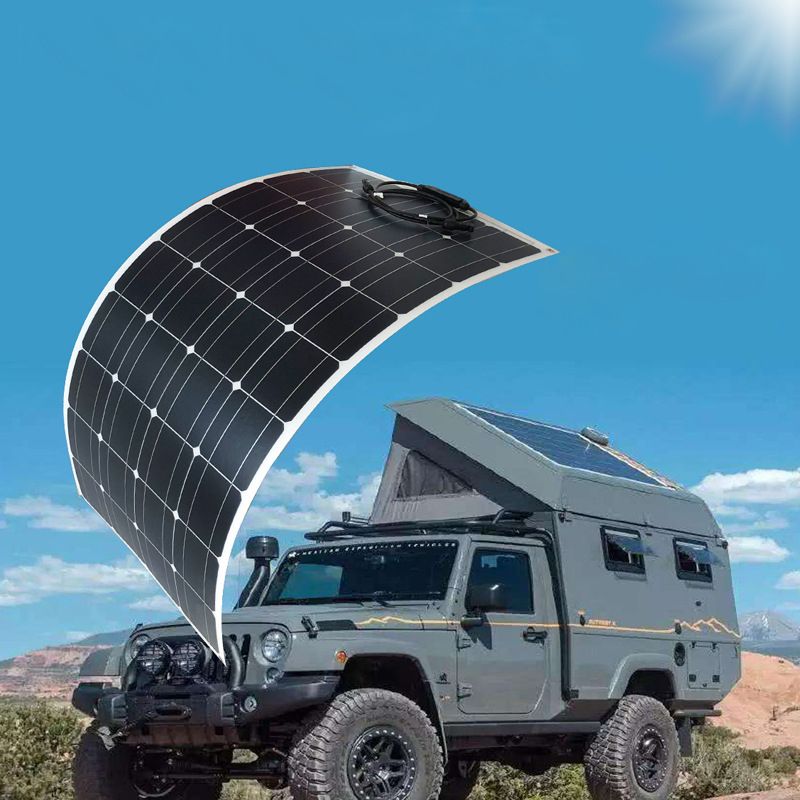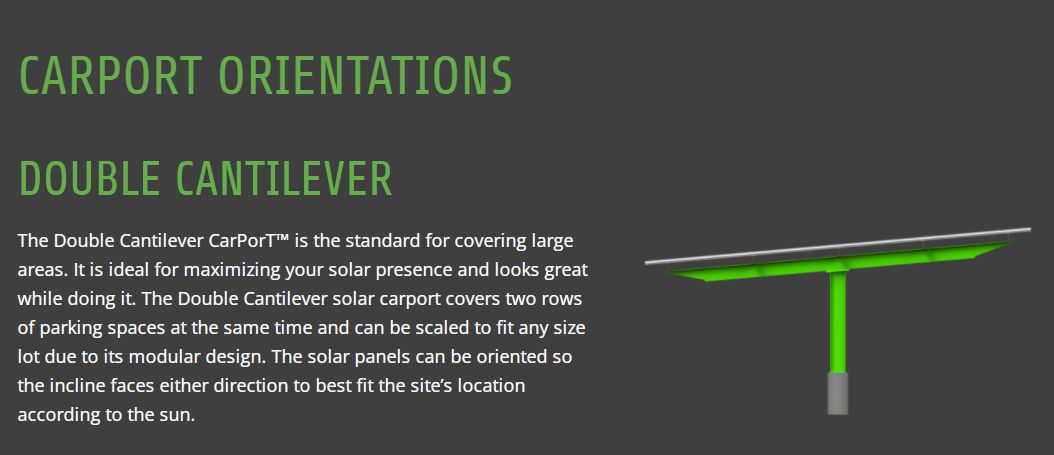Covering reservoirs with floating solar could produce three times as much energy as the EU currently does, a study has found.
Floating solar panels on reservoirs could produce three times as much electricity as the entire EU, a new study has shown. Integrated Photovoltaics

Solar panels are one of the cheapest and most efficient ways of generating electricity but they also take up a lot of space.
Innovative schemes have seen them attached to car parks, trash heaps, and farms. Now, researchers are urging governments to invest in floating solar.
According to a study published in the journal Nature, covering 30 per cent of the surface of the world’s 115,000 reservoirs with solar could generate 9,434 terawatt hours of power annually.
That’s more than triple the energy production of the EU, which reached 2,785.44 terawatt hours in 2021.
Researchers at the University of Cambridge are working on creating 'floating factories' to produce net-zero fuel.
They have developed a floating artificial leaf which transforms sunlight, water and carbon dioxide into a green fuel. In the future, multiple leaves could be linked up to generate the fuel on an 'industrial scale.'
To achieve net zero, countries need to invest in renewable energy.
According to a 2021 study, countries might need to devote between 0.5 and 5 per cent of their land area to solar panels in order to fully decarbonise. Solar may be far better for the planet than natural gas - but it takes up about 70 times as much land per unit of energy.
When space is at a premium, planners can end up at loggerheads with farmers, local authorities, and conservationists.
Floating solar could provide a solution.
They are just like normal ‘photovoltaic’ cells, which generate electricity from sunlight. The only difference is that they float on pontoons - earning them the nickname ‘floatovoltaics.’
Solar needs a stable, unshaded water surface - making an irrigation canal, quarry lake, or reservoir the ideal location.
The first floatovoltaic system was installed in 2008. The Dezhou Dingzhuang Floating Solar Farm in China is the largest facility in the world and covers nearly 600 hectares.
Less than one per cent of the world’s solar installations are currently floating - but according to the study in Nature, they have “huge potential.”
“Considering the proximity of most reservoirs to population centres and the potential to develop dedicated local power systems, we find that 6,256 communities and/or cities in 124 countries, including 154 metropolises, could be self-sufficient with local FPV (floating photovoltaic) plants,” the authors write.
Floating solar could also prevent water loss from evaporation. According to the study, installing this much solar would save enough water to supply 300 million people per year.
As the world heats up, keeping fossil fuels in the ground is increasingly important.
According to the GLOBAL Carbon project, we have 380 billion tonnes of CO2 left in the global carbon budget.
This is the amount of carbon dioxide we can release and still have a 50 per cent chance of avoiding 1.5 degrees of warming.
In 2022, carbon emissions reached an all-time high of 36.8 billion tonnes.

Grid Tie Inverter Charger But it’s not all bad news. Countries are also pouring money into renewables. In 2022, wind and solar produced a fifth of the EU’s electricity - the first time clean energy sources have produced more electricity than fossil gas.